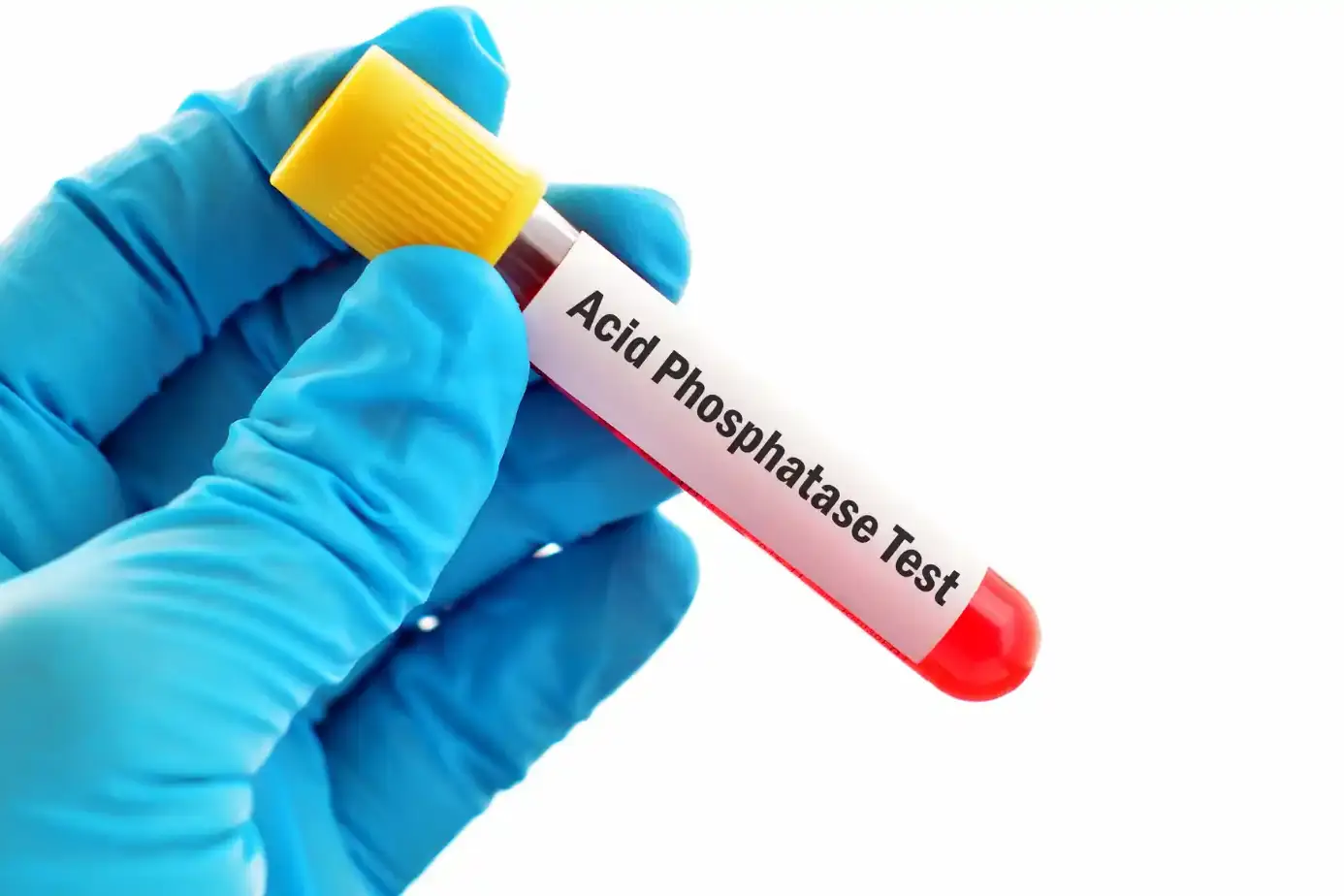Case Study: Reversing Liver damage from fatty liver
Obesity has emerged as a potential global public health threat, and its prevalence has been increasing since the beginning of the 21st century. As of 2016, more than 2 billion adults, representing 44 percent of the global adult population, were overweight or obese, with over 70 percent of them residing in low-income or middle-income countries (LMICs).
Table of Contents
ToggleThis indicates that obesity is not limited to high-income countries or urban settings but is also prevalent in LMICs, where undernutrition is persistent, posing a threat of double burden of malnutrition.
Obesity leads to several health problems. Most of these problems stem from insulin resistance in the body. One of the conditions is fatty liver progressing to Non-alcoholic steatohepatitis (NASH) and cirrhosis. This spectrum of liver disease is also called Non-alcoholic fatty liver disease or (NAFLD).
Reversing liver damage caused by fatty liver is entirely possible, if detected early and treated properly. This detailed case study walks you through the real-life recovery of Mr. Singh, a 45-year-old office worker who managed to heal his liver without surgery, just by changing his daily habits. Whether you’re wondering “Can I reverse fatty liver?” or “What steps are needed to heal the liver?”, you’ll find all the answers here.
What Triggers Fatty Liver?
Fatty liver, especially non-alcoholic fatty liver disease (NAFLD), is mostly caused by insulin resistance, poor diet, sedentary lifestyle, and weight gain. When fat builds up in the liver over time, it leads to inflammation, scarring, and eventually, damage. If ignored, this can progress to a more severe form known as non-alcoholic steatohepatitis (NASH) and even liver cirrhosis.
In Mr. Singh’s case, he lived a mostly inactive lifestyle, had an increasing waistline, and showed signs of insulin resistance, such as elevated fasting sugar and high cholesterol. These are the classic red flags that doctors watch for when assessing risk for liver damage.
About The Case
- Presenting Complaint: Mr. Singh, 45/Male, presented to his general physician with complaints of fatigue, mild abdominal discomfort, and an unexplained weight gain of approximately 10 pounds over the last few months. He worked in an office and mostly sat at his job. He had no significant past medical history, was a non-smoker, and occasional alcohol consumption (1-2 drinks per week). There was no known family history of liver disease.
- Physical Examination: Upon examination, the patient appeared overweight, with a BMI of 30. His blood pressure was within the normal range, and there was no evidence of jaundice. Abdominal examination revealed mild tenderness in the right upper quadrant.
How Liver Damage Was Detected: Tests & Diagnosis
To confirm what was going on, we ordered:
- Liver function tests (LFTs)
- Lipid profile (to check cholesterol and triglycerides)
- Fasting blood sugar
- Ultrasound of the abdomen
The results showed:
- ALT of 100 (normal <30) – a clear sign of liver inflammation
- Triglycerides of 281 mg/dL and cholesterol of 295 mg/dL
- Fasting sugar slightly high at 110 mg/dL
- Liver appearing “bright” on ultrasound; a classic sign of fat buildup
Reversing liver damage starts with identifying these early biochemical and imaging changes.
Personalized Fatty Liver Treatment Plan

The goal was clear, “Reverse liver damage before it progressed”. Here’s how our treatment unfolded:
1. Lifestyle Modification
This was the core of Mr. Singh’s recovery.
- Dietary Overhaul: Shifted from calorie-dense and fried foods to fiber-rich vegetables, lean proteins, whole grains, and healthy fats like nuts and seeds.
- Portion Control: Reduced portion sizes and eliminated sugary snacks and drinks.
- Meal Timing: Avoided late-night eating and included intermittent fasting under supervision.
These steps directly contribute to reversing liver damage by reducing liver fat and improving insulin sensitivity.
Read: Fatty Liver Diet: Foods to Eat and Avoid for Better Liver Health
2. Exercise Routine
A structured workout plan was introduced:
- At least 30 minutes of brisk walking or cycling daily
- Light resistance training 2-3 times a week
Regular physical activity enhances fat metabolism and reduces liver inflammation, making it critical for reversing liver damage.
3. Alcohol Restriction
Although he only drank occasionally, Mr. Singh stopped alcohol completely. Even small amounts can worsen liver damage, especially if the liver is already stressed.
4. Medication Support
Because his cholesterol and triglycerides were high, he was prescribed:
- A statin to lower cholesterol
- A fibrate to manage high triglycerides
These medicines help reduce the fat burden on the liver and prevent further damage.
5. Monitoring & Follow-ups
He had regular monthly check-ups with repeat blood tests and liver ultrasounds every 3 months. This helped assess the effectiveness of treatment and encouraged long-term discipline.
The Results: Proof That Liver Damage Can Be Reversed
After six months of consistent effort:
- ALT dropped from 100 to 35
- AST normalized
- Fasting sugar improved to 98
- Triglycerides dropped to 180 mg/dL
- Cholesterol came down to 200 mg/dL
- Ultrasound showed decreased fat in the liver
- He lost weight and reported more energy and zero abdominal discomfort
This transformation is a textbook example of reversing liver damage naturally through non-surgical means.
Conclusion
This case study highlights the importance of early detection and management of non-alcoholic fatty liver disease (NAFLD). Lifestyle modifications, including dietary changes, weight loss, and regular exercise, are crucial to NAFLD management. Addressing associated risk factors such as insulin resistance leading to abnormal cholesterol profile and elevated fasting sugar can further enhance the patient’s overall health and liver function. Regular monitoring and follow-up are essential to assess progress and prevent liver disease progression.
FAQs
What is the first step in reversing liver damage from fatty liver?
The first and most important step is identifying the condition early through blood tests and imaging. From there, weight loss through diet and exercise is the key. Even losing 5-10% of your body weight can significantly reduce fat in your liver and start the healing process.
Can fatty liver be completely reversed?
Yes, if caught in its early stages like NAFLD (simple fatty liver), it is completely reversible. Once it advances to NASH or cirrhosis, some damage may become permanent. But lifestyle changes can still prevent it from getting worse.
How long does it take to reverse liver damage?
This depends on how severe the fatty liver is. For many, visible improvements can begin in 3–6 months with consistent effort. Liver enzyme levels may start to normalize in 2–3 months, and ultrasound improvements usually follow.
Do I need medication to reverse liver damage?
Not always. In many early-stage cases, lifestyle changes alone are enough. However, if your cholesterol, triglycerides, or blood sugar are high, your doctor may prescribe medications to help control those and reduce stress on the liver.
What foods help heal the liver naturally?
A liver-friendly diet includes:
- Leafy greens like spinach and kale
- Fatty fish (rich in omega-3s)
- Nuts, especially walnuts and almonds
- Olive oil
- Garlic and turmeric
These foods help reduce inflammation and improve fat metabolism, aiding in reversing liver damage.
What should I avoid if I have fatty liver?
Cut down or avoid:
- Sugary drinks and desserts
- Refined carbs like white bread
- Fried and processed foods
- Red meat in excess
- Alcohol (even socially)
All of these can worsen liver fat and inflammation.
Is exercise necessary for reversing liver damage?
Yes, absolutely. Even without weight loss, exercise improves liver health by increasing insulin sensitivity and reducing liver inflammation. Aim for 150 minutes of moderate-intensity activity every week.
Can you reverse liver damage without losing weight?
It’s harder, but possible. Even if your weight doesn’t drop drastically, eating right and being physically active can reduce liver fat and inflammation. However, weight loss accelerates the healing process.
About The Author

This article is medically reviewed by Dr. Nivedita Pandey, Senior Gastroenterologist and Hepatologist, ensuring accurate and reliable health information.
Dr. Nivedita Pandey is a U.S.-trained gastroenterologist specializing in pre and post-liver transplant care, as well as managing chronic gastrointestinal disorders. Known for her compassionate and patient-centered approach, Dr. Pandey is dedicated to delivering the highest quality of care to each patient.
→ Book a consultation to discover which remedies suit your needs best.
About Author | Instagram | Linkedin





